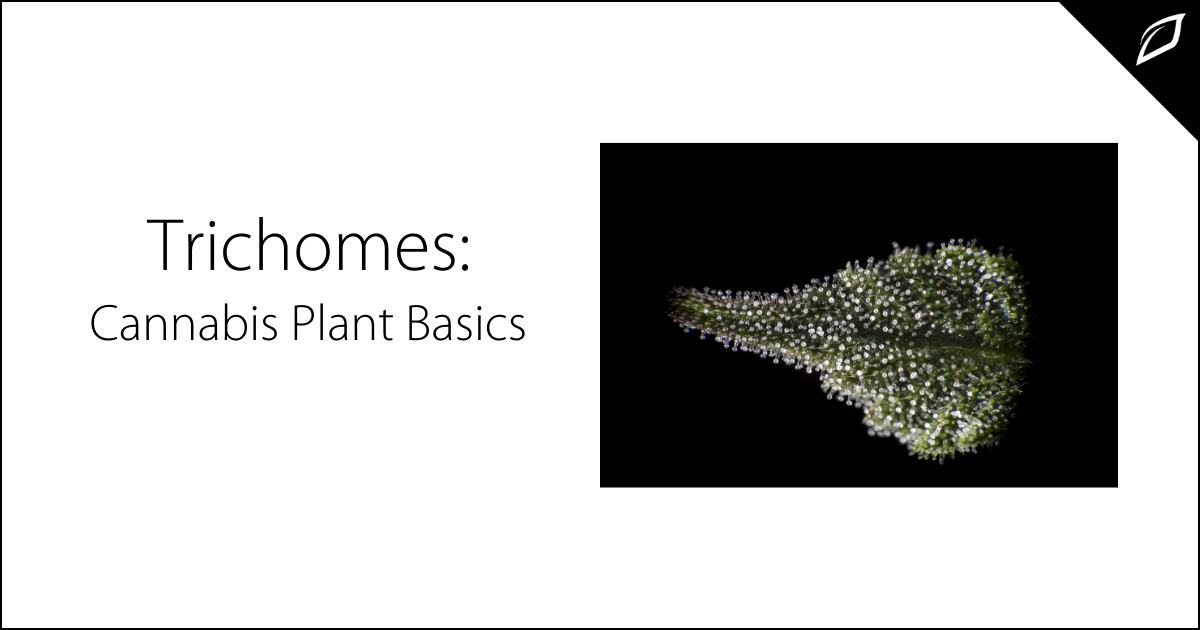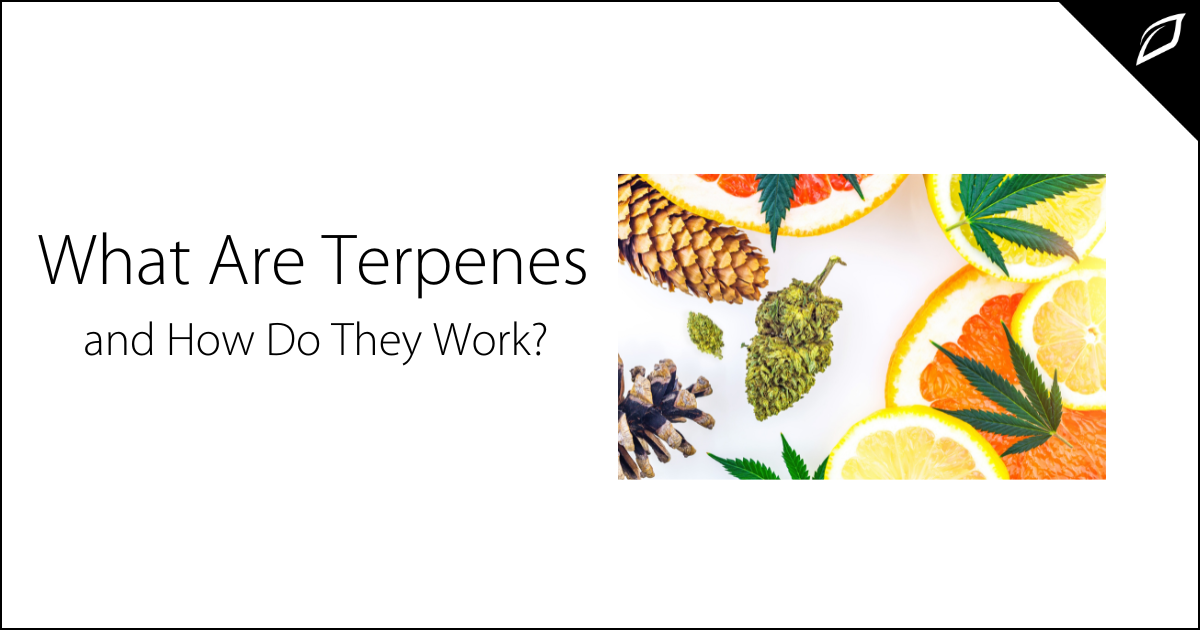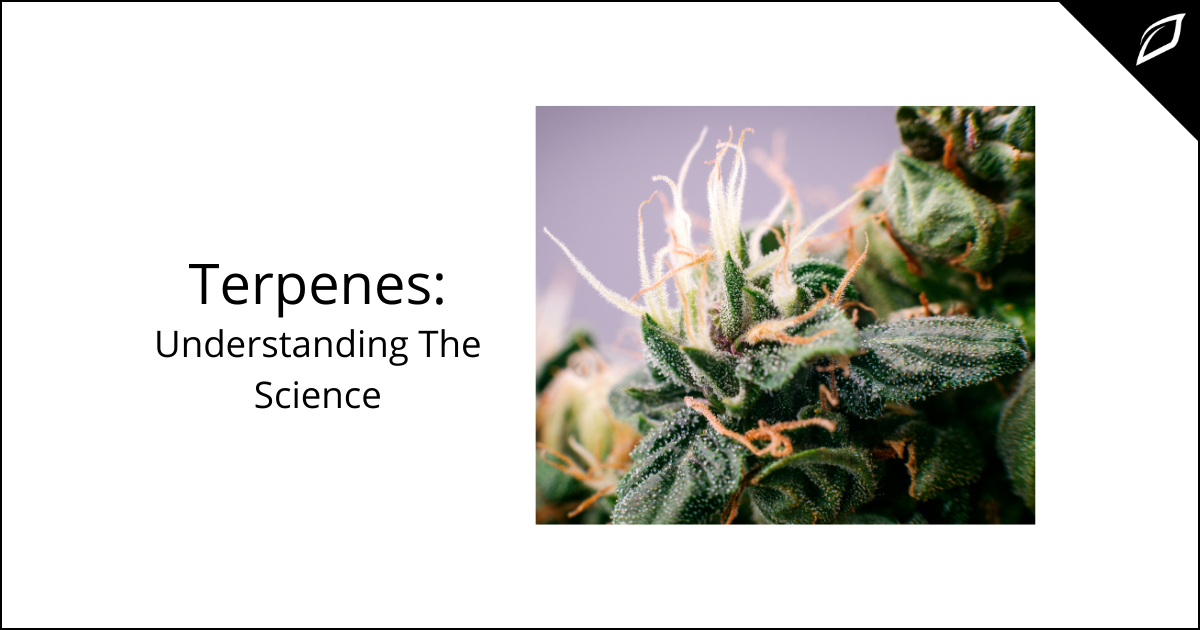Cannabis Extraction Basics
Cannabis extraction is one of the fastest-growing sectors in the industry. Used in vape pens, edibles, drinks, dabs, tinctures, and patches, just to...

If you're a horticulturist, then you're already familiar with what glandular trichomes (GT's) are and how they work to protect plants. But for the rest of us, it's a mysterious and complex science.
All flowering plants have thousands of tiny hairs that appear to be crystalized dots covering the surface area. Some people mistake trichomes for terpenes, but terpenes are manufactured in the secretory cells inside glandular trichomes. Somewhere along the way, people dropped the 'glandular' part of the name and referred to them as trichomes. Let's look closer at what they're all about.
What Are Glandular Trichomes?
GT's exist in all flowering plants. They're microscopic adaptive structures known as "phytochemical factories" due to their remarkable ability to biosynthesize. They can be challenging to spot since they're so small, but these little powerhouses produce a powerful punch. By producing different organic chemical compounds based on what the plant requires, glandular trichomes are the security system/immune system rolled into one.
What Do Trichomes Create?
The trichomes' job is to produce and secrete various active, organic compounds typically formed by hydrocarbon fusion, five carbon atoms, or isoprene. These sticky and sometimes smelly compounds can be terpenes, cannabinoids, and or flavonoids. Chemically diverse, most function as defense elements and are often regarded as "the first defense line" of plants against biotic and abiotic stresses.
Each of the organic compounds produced by the glandular trichome impacts the final cannabis product.
Cannabinoids - likely the most well-known of the organic compounds trichomes biosynthesize, cannabinoids are responsible for protecting plants from harmful UV light. They are known for having insecticidal and herbicidal properties. Still, most people know cannabinoids like THC (the chemical that makes you high) or CBD (the compound that may contain medicinal properties.)
Flavonoids - cannabis flavonoids are a common group of phytonutrients responsible for the non-green color pigments in cannabis and hemp plants. Flavonoids also protect plants from different biotic and abiotic stresses and act as unique UV -filters. Flavonoids play a role in frost hardiness, drought resistance and may play a functional role in heat acclimation and freezing tolerance.
Terpenes - terpenes are a large, diverse class of organic hydrocarbon compounds that may protect plants by discouraging herbivores from snacking on delicate leaves. Like cannabinoids and flavonoids, it's also believed that terpenes protect the plant from UV spectrum lights. For more on how UV lights impact cannabis plants, check out this blog here.
These highly aromatic compounds determine the flavor and smell of cannabis.
Final Thoughts
Cannabis is an incredible plant with many different medicinal uses. One of the main reasons for the plant's diversity is the fact that there are over 500 different chemicals identified in cannabis. More than 100 of these chemicals are cannabinoids—compounds that are unique to medicinal cannabis. So whether you call them trichomes or glandular trichomes, it's pretty clear that these miniature 'hairs' are an indispensable aspect of keeping plants thriving and healthy.

-png.png)
Cannabis extraction is one of the fastest-growing sectors in the industry. Used in vape pens, edibles, drinks, dabs, tinctures, and patches, just to...

Terpenes are organic compounds responsible for the fragrance, taste, and pigment of plants and trees throughout the world. More than 50,000 unique...

All plants are made up of a multitude of chemicals and compounds, and cannabis is no different. The science behind the plant is complex and...